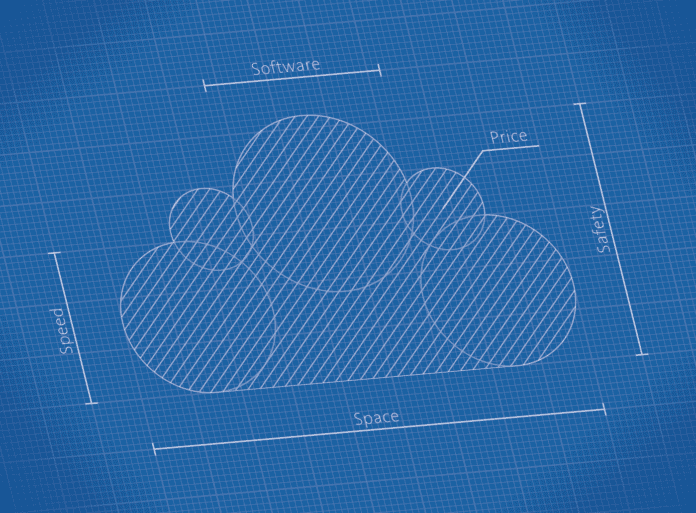Infrastructure-as-a-service (IaaS) gives users access to actual cloud-hosted physical and virtual servers, storage, and networking.
IaaS is growing significantly in popularity and differs from platform-as-a-service (PaaS), which gives users access to compute and storage.
Here are some of the top trends companies and IT teams are seeing in the IaaS market:
1. Elimination of downtime
People, these days, are less tolerant of downtime than ever.
As the cloud providers typically guarantee service availability levels far in advance of what is easy to achieve in house, IaaS is the beneficiary of the need for service now.
“The tolerance for application downtime is diminishing to near zero,” said Cassius Rhue, VP of customer experience, SIOS Technology.
“As a result, IT teams are far less accepting of highly manual, unreliable application protection. They are increasingly demanding HA/DR that just works and applications that operate without interruption.”
2. Speed and scale
Just as the minimizing of downtime is a driver of IaaS, so too are the need for speed and scalability.
With so much complexity across an increasingly sprawling IT estate, and IT departments being overwhelmed by a constant deluge of data, technologists are moving to the cloud and need a business lens on IT performance data.
This visibility allows technologists to cut through the noise and pinpoint the data that matters most. Visibility also allows technologists to build in automation to optimize the cloud infrastructure, so it can expand when a spike occurs, also ensuring the infrastructure right sizes when back to normal and costs are in check.
“The trend we’re seeing is technologists utilizing full-stack observability to cope with this change,” said Gregg Ostrowski, executive CTO, Cisco AppDynamics.
“Over the last couple years, technologists have needed to deliver with speed and scale, so they have increasingly moved to the cloud to meet their digital transformation challenges, which infrastructure as a service is part of.”
3. Data accessibility
Today’s organizations seek to pair best-of-breed cloud capabilities with their increasingly diverse and distributed datasets.
Yet, they grapple with how to deliver secure, consistent access between data and compute within complex hybrid, multicloud environments.
Cloud-based platforms like IaaS and PaaS are freeing up IT resources to focus on core business needs. By using the cloud to bring applications and functions to wherever the data sits, greater flexibility.
“The most progressive and agile are shifting to a decentralized approach: instead of bringing the data to the application, they are extending the reach of those cloud capabilities to where the data sits,” said Harry Carr, chairman and CEO, Vcinity.
“By doing so, they are creating a data ecosystem that turns the world into their data centers. This alleviates the challenges of connecting data and applications to drive better insights and decisions, solving some of the challenges these organizations have been having for years.”
4. Data governance
Infrastructure-as-a-service can help simplify cloud architectures.
If the physical or virtual servers, networking, and storage are assembled within one IaaS provider, governance becomes easier.
“Managing data when it lives in and is copied across multiple locations, from edge to core to cloud, in a multicloud world creates challenges in governance, quality, and access,” said Carr with Vcinity.
“Consistent, secure, and distributed access to a single dataset is what organizations need, because in order to solve these challenges, the right solution should not care where data resides, and application performance should not suffer.”
5. Cloud migration
Legacy applications can make things more complicated as companies seek to digitally transform.
As these platforms are on-premises, it can be difficult and expensive to tie them into cloud-based resources. IaaS provides a pathway to gradual migration of functions and datasets.
“As more and more critical ERP and database applications stabilize from their migration to cloud, the tolerance for remaining legacy applications is diminishing,” said Rhue with SIOS Technology.
“IT teams are now focusing on second and third tier components and moving more older, legacy infrastructure components into an HA or HA/DR configurations.”



